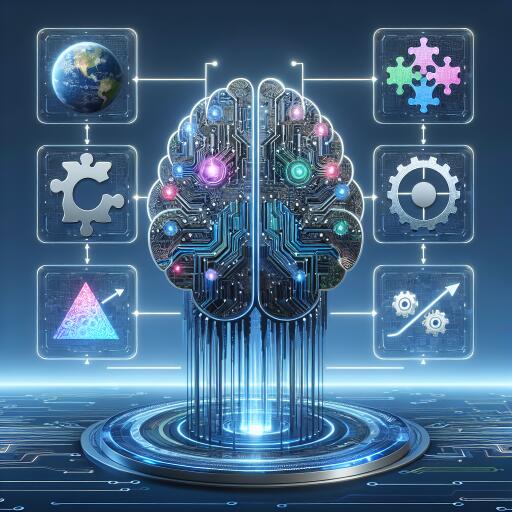Exploring the Horizon: Anticipations for OpenAI’s GPT-5
As the world of artificial intelligence (AI) continues to evolve at a brisk pace, OpenAI’s series of generative models stand at the forefront of this innovation. The current champion, GPT-4, has already made significant waves, yet all eyes are now turning towards its successor, GPT-5. With the anticipation building, let’s delve into the capabilities and improvements we hope to see with the arrival of GPT-5.
Understanding GPT-5: The Next Leap Forward
GPT-5 represents the next step in OpenAI’s evolutionary ladder, promising to set new benchmarks for power and capability in the AI domain. Despite the veil of secrecy surrounding its launch and features, several indicators suggest that GPT-5’s unveiling could redefine generative model technology once more.
From trademarks registered to tantalizing hints dropped by OpenAI CEO Sam Altman, the tech community is buzzing with speculation. Whether it’s in a podcast with Lex Fridman or through executive insights, GPT-5 is teasing a future where AI’s scope and utility are exponentially expanded.
Anticipated Features of GPT-5
- Enhanced Multimodality: The ability of AI to handle diverse types of inputs—like images, audio, and video—marks an essential evolution. For GPT-5, expectations are set on advanced video and audio processing capabilities, potentially opening new avenues for creative and analytical applications.
- Expanded Context Window: Despite GPT-4’s prowess, there’s a desire for a larger and more efficient context window. This upgrade would enable GPT-5 to process and analyze a more substantial amount of information, enhancing both the depth and breadth of its understanding and interaction capabilities.
- The Introduction of GPT Agents: A transformative feature on the horizon is the concept of GPT Agents. These specialized bots could autonomously handle complex tasks by self-coordinating and executing a series of actions without consecutive human prompts. This leap towards autonomy could markedly increase AI’s utility in project management and execution.
- Reduced Hallucinations: A persistent challenge within AI models is their tendency to “hallucinate”—producing convincing but entirely false information. GPT-5’s potential to mitigate this issue is particularly crucial in high-stakes fields such as healthcare and cybersecurity, where accuracy is paramount.
In conclusion, while many details about GPT-5 remain speculative, the aspirations and indicators surrounding its development paint a picture of a model that could significantly elevate the capabilities of AI. As we edge closer to its eventual debut, the tech community holds its breath, ready to embrace the next wave of AI evolution.
Whether GPT-5 will fulfill these high expectations or chart an entirely unexpected course remains to be seen. Nevertheless, the implications of such advancements are profound, setting the stage for a future where AI not only augments human abilities but also opens new realms of possibility in technology, creativity, and beyond.









